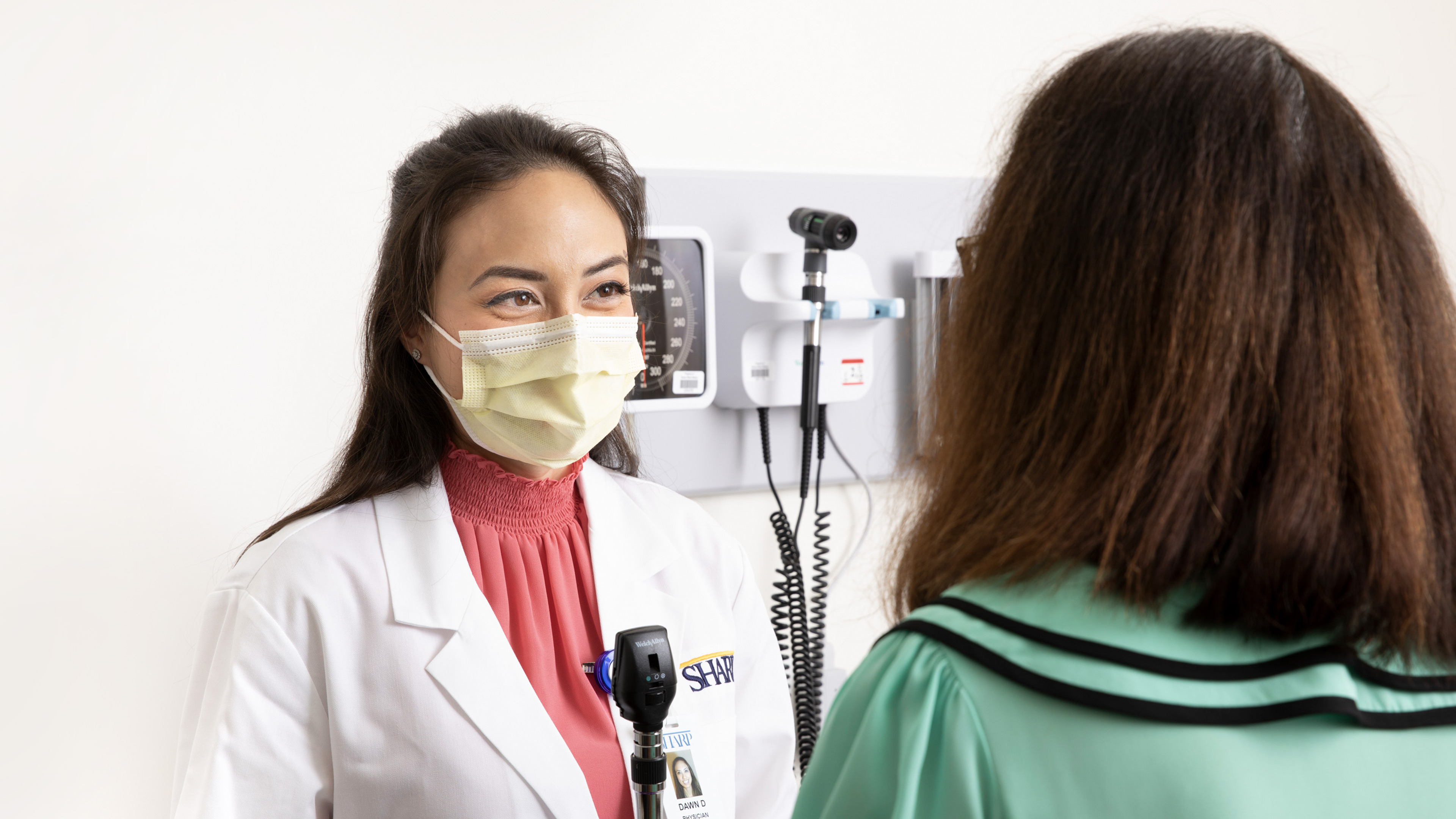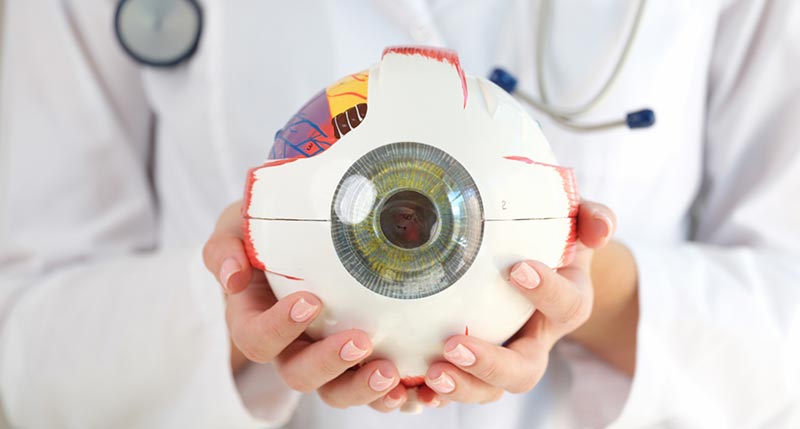Discovering the State-of-the-Art Technologies Utilized for Dealing With and identifying Eye Conditions
In the realm of ophthalmology, the development of technology has considerably enhanced the devices readily available for diagnosing and treating numerous eye conditions. From advanced imaging technologies that offer thorough understandings right into eye structures to robotic-assisted medical treatments that use unparalleled precision, the landscape of eye care is frequently advancing.

Advanced Imaging Technologies
Advanced Imaging Technologies have reinvented the field of ophthalmology by offering in-depth and specific visualization of the eye structures. Optical Coherence Tomography (OCT) sticks out as a crucial technology in this world. OCT uses light waves to catch high-resolution cross-sectional pictures of the retina, allowing for the identification of minute architectural modifications. This non-invasive strategy aids in the very early discovery and monitoring of different eye problems such as macular deterioration, diabetic retinopathy, and glaucoma.
Moreover, Fundus Digital photography is an additional essential device in ophthalmic imaging. This technique entails recording detailed pictures of the back of the eye, including the retina and optic disc. Fundus Photography aids in documenting the progression of eye illness, reviewing therapy efficiency, and enlightening clients concerning their eye wellness.

Robotic-Assisted Operation
Robotic-assisted surgeries have actually dramatically progressed the abilities of sensory surgery, ushering in a new period of accuracy and effectiveness in treating numerous eye conditions. By integrating robot innovation into procedures, eye doctors can attain unrivaled precision and control, causing enhanced person results.
One of the primary benefits of robotic-assisted surgery in ophthalmology is the enhanced dexterity and security it supplies to surgeons. The robot arms can execute specific motions with a high degree of accuracy, allowing for fragile treatments with very little invasiveness. This level of accuracy is specifically helpful in surgical treatments including the retina, where even small errors can have significant effects for a person's vision.
Moreover, robotic-assisted surgical systems provide real-time imaging and responses to the doctor, enabling them to make informed choices during the treatment. This innovation boosts the surgeon's situational awareness and permits adjustments to be made promptly, guaranteeing optimum results for the person.
Expert System in Diagnostics
With the development of cutting-edge innovations boosting medical accuracy in ophthalmic treatments, the combination of Expert system in diagnostics has arised as an essential development reinventing the area of eye care. Expert System (AI) formulas are being increasingly made use of to analyze complicated information from imaging innovations like optical comprehensibility tomography (OCT) and fundus photography to help in the very early detection and precise medical diagnosis of various eye problems. These AI systems can successfully determine patterns and abnormalities in photos that may not be discernible to the human eye, making it possible for quicker diagnosis and treatment planning.
AI formulas can additionally forecast disease progression, recommend customized treatment plans, and examine the performance of interventions. By improving the analysis procedure, AI not just enhances the effectiveness of eye treatment professionals yet likewise improves client end results by enabling timely interventions. As AI remains to advance, its role in diagnostics is expected to broaden, offering new opportunities for early intervention and customized treatment in the area of ophthalmology.
Gene Therapy Innovations
In read here the realm of ophthalmic innovations, recent strides in gene treatment innovations have actually sparked significant rate of interest among scientists and medical care professionals alike. Gene treatment holds enormous pledge in changing the therapy of different eye problems by targeting the hidden genetic causes. By presenting genetic product right into cells to make up for uncommon genes or to supply a missing genetics, genetics treatment provides an individualized method to addressing acquired eye conditions such as retinitis pigmentosa, Leber genetic amaurosis, and others that were formerly thought about untreatable.

As study in gene therapy remains to advancement, the possibility for tailored therapies for a bigger variety of eye conditions grows, supplying brand-new wish for patients with genetic eye illness.
Virtual Truth Recovery
Digital fact rehabilitation has actually arised as an advanced approach in improving the healing and rehab processes for people with numerous aesthetic disabilities. glaucoma service near me. By replicating real-world atmospheres through immersive innovation, online fact offers an one-of-a-kind platform for vision therapy and recovery. This ingenious approach makes it possible for individuals to take part in interactive workouts and activities developed to improve aesthetic acuity, depth understanding, eye control, and overall visual functioning
One key benefit of online reality rehabilitation is its capability to tailor therapy programs based upon the details needs and capabilities of each patient. Through real-time feedback click this link and surveillance, health care specialists can track progression, readjust treatments, and offer individualized like optimize results. In addition, virtual reality innovation can create a regulated and secure room for individuals to practice aesthetic jobs, conquer challenges, and build self-confidence in a digital setting prior to transitioning to real-world circumstances.
Final Thought
To conclude, the advancements in imaging innovations, robotic-assisted surgical procedures, expert system diagnostics, gene treatment technologies, and virtual truth rehab have considerably enhanced the medical diagnosis and therapy of eye problems. hearing service near me. These advanced innovations have transformed the area of ophthalmology, enabling even more precise and efficient treatments. As technology remains to progress, the future of eye treatment looks promising with the possibility for a lot more ingenious remedies to enhance person results
In the realm of ophthalmology, the evolution of innovation has actually dramatically boosted the tools next available for detecting and dealing with various eye conditions. Fundus Digital photography helps in documenting the progression of eye illness, assessing therapy efficacy, and educating individuals regarding their eye health.
Artificial Intelligence (AI) algorithms are being increasingly utilized to assess intricate information from imaging modern technologies like optical coherence tomography (OCT) and fundus digital photography to assist in the very early discovery and precise medical diagnosis of various eye conditions.In verdict, the developments in imaging innovations, robotic-assisted surgical treatments, artificial knowledge diagnostics, gene therapy developments, and virtual reality recovery have actually significantly improved the diagnosis and treatment of eye conditions. As modern technology proceeds to progress, the future of eye treatment looks encouraging with the potential for also more innovative options to improve person outcomes.